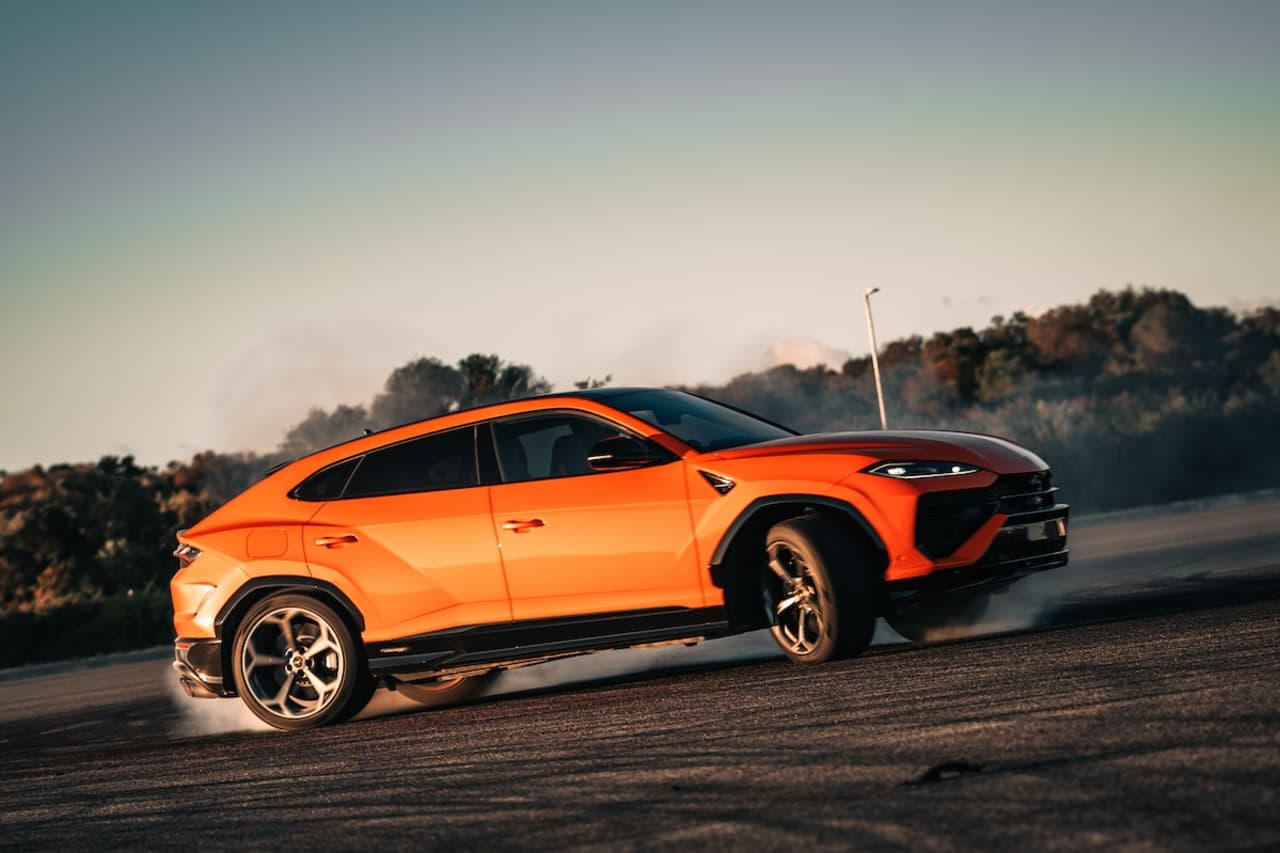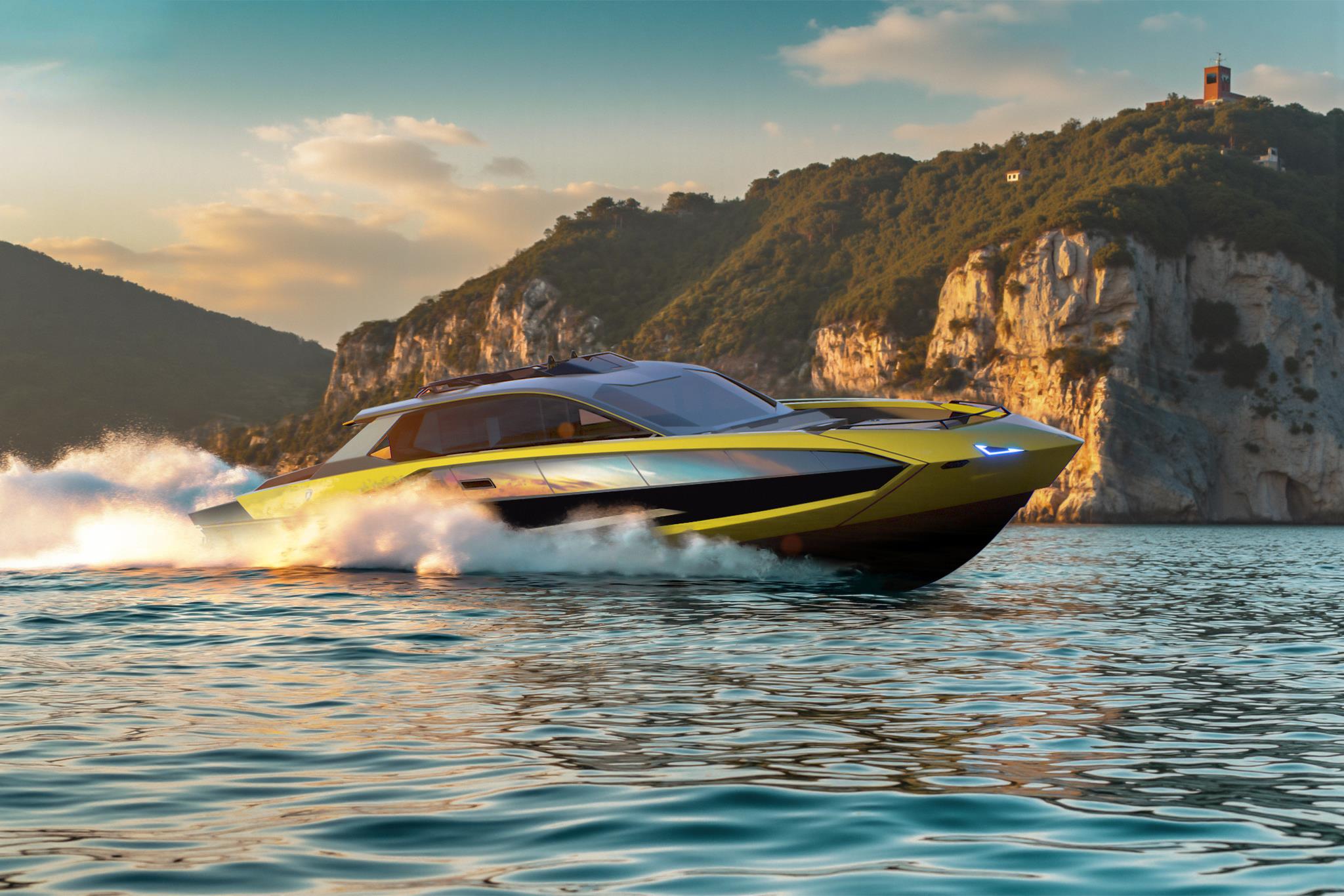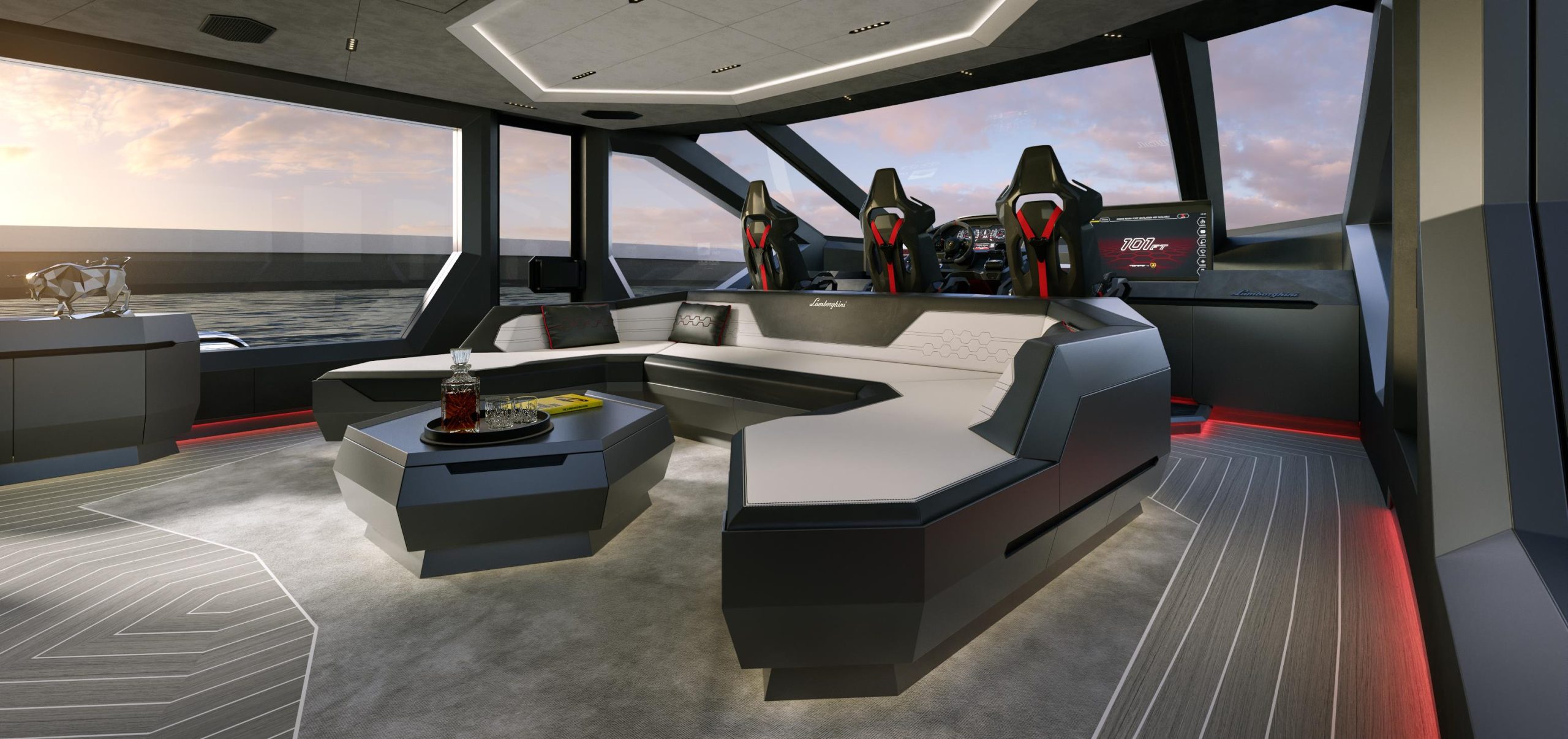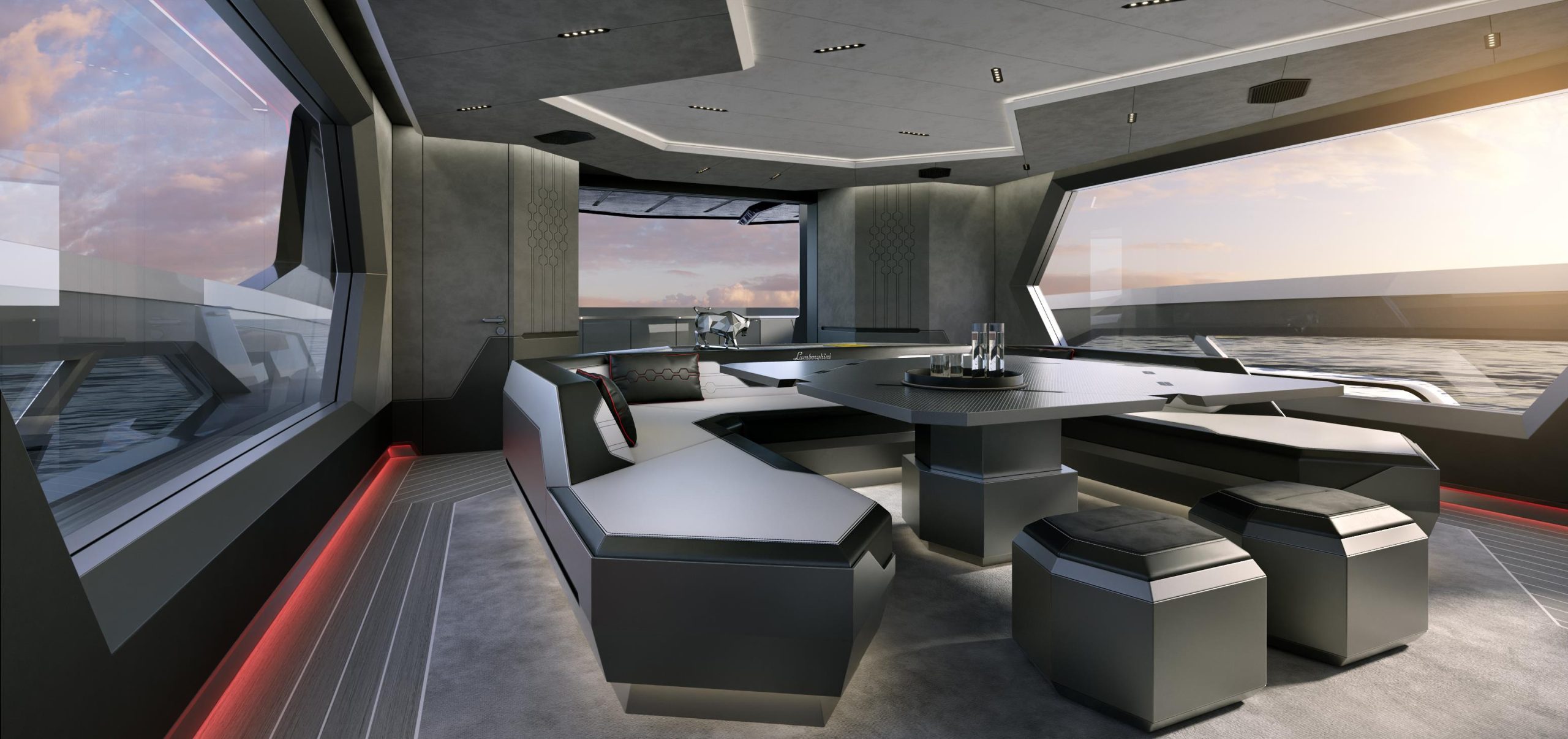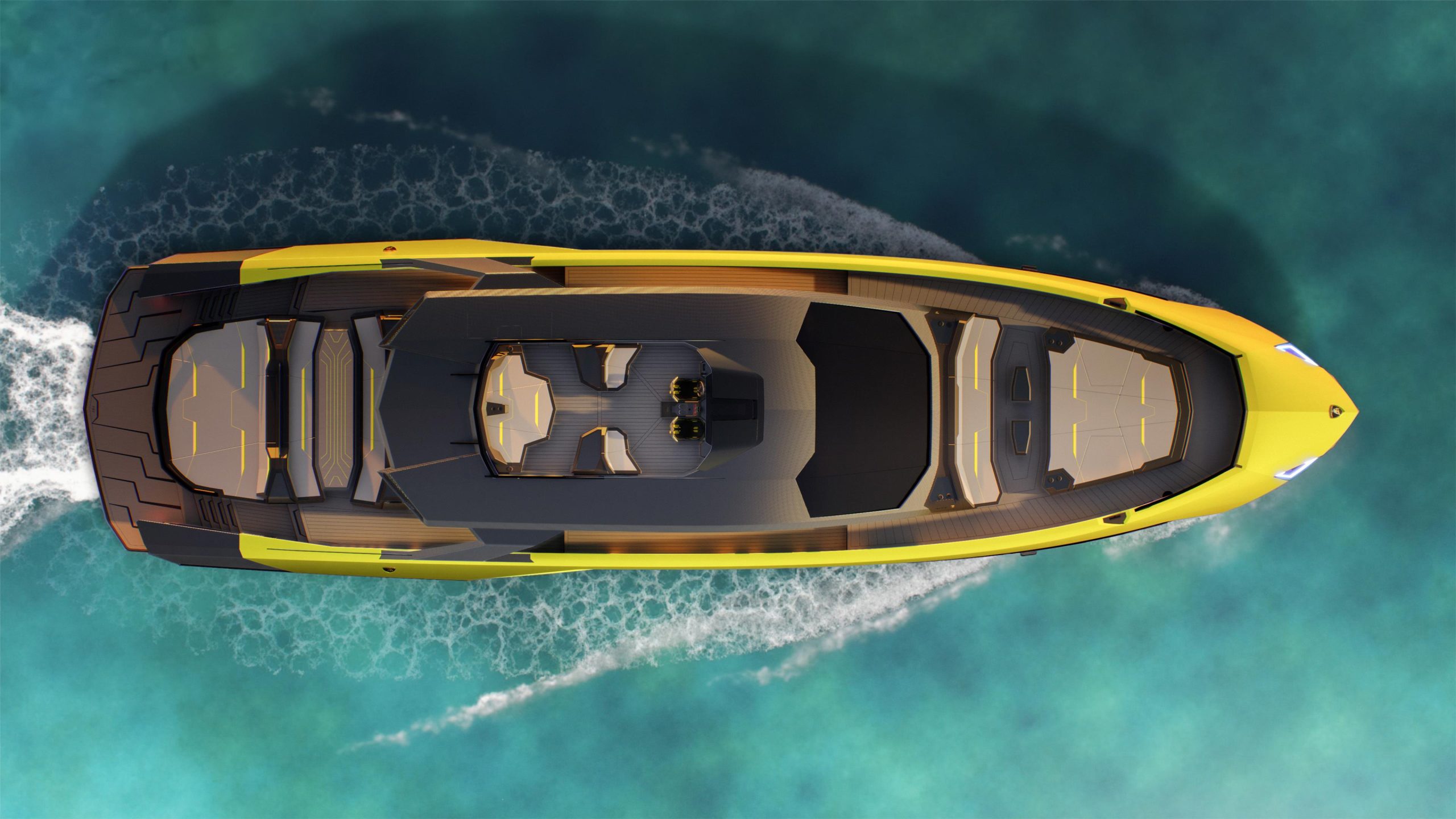Lamborghini Debuts Its First Hybrid Super-SUV
Lamborghini CEO Stephan Winkelmann has made it clear the company, which makes some of the fastest cars in the world, would not speed into the era of electrification.
“Our first steps in that (electrification) direction will be plug-in hybrids throughout the lineup,” he said in a 2022 interview with Penta. “This is all very easily welcomed at Lamborghini. The equations are easy. We always promise more performance than the generation before for all our cars, and we will do so while maintaining sustainability. By 2025, we will be able to cut our overall emissions by 50% with all of the hybrid models added.”
Proving Lamborghini and Winkelmann are as good as their collective word, the time of watts and volts arrived in Bologna, Italy, with the debut of the 2025 Lamborghini Urus SE. The first hybrid super-SUV from the proud Italian firm, which starts at $275,000 marries the familiar internal combustion specs of its growling engines with battery power looking not so much to save the planet as to propel vehicles across it with more alacrity.
The Urus SE is the first hybrid plug-in version of Lamborghini’s SUV, and it’s aimed to outperform its all-internal combustion rivals, such as the Aston Martin DBX707 and the Bentley Bentayga. The PHEV (Plug-in Hybrid Electric Vehicle) Urus SE relies on an 800 CV hybrid powertrain, surpassing any previous Lamborghini SUV model in torque and power numbers.
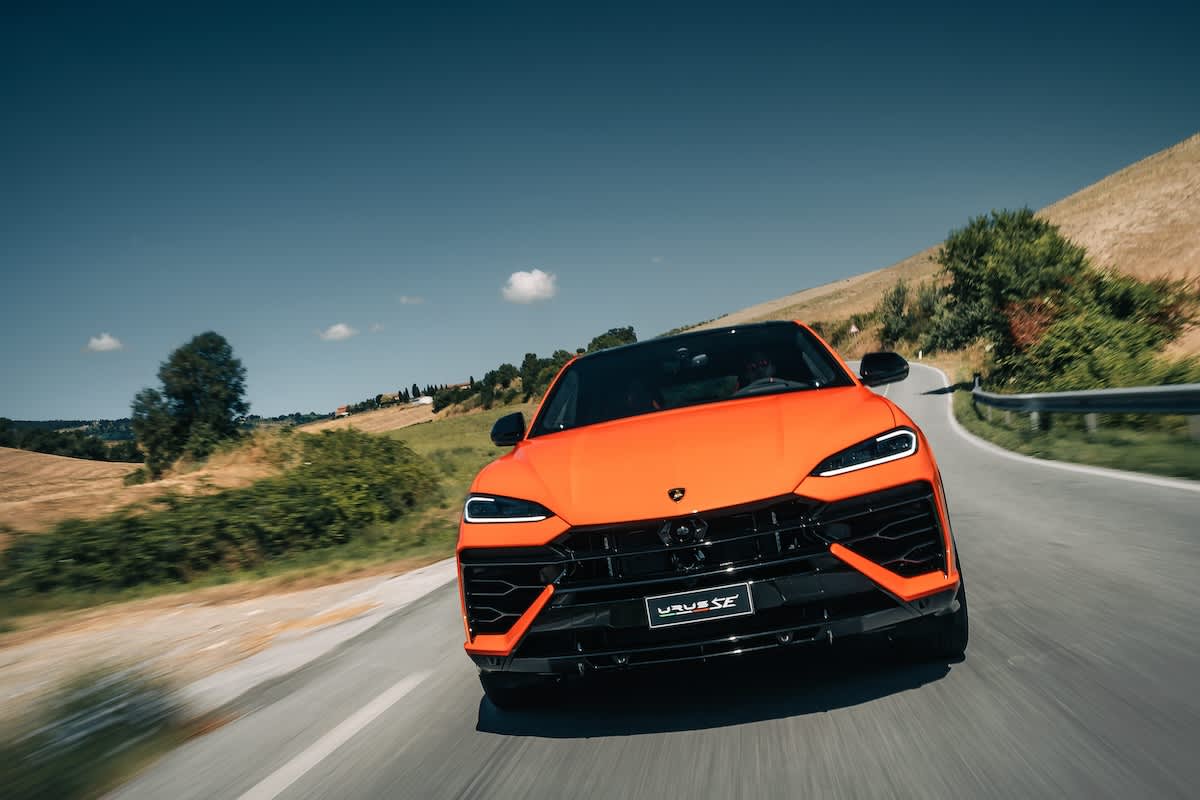
Courtesy of Lamborghini
The machine’s twin-turbo 4.0-litre V-8 engine is reengineered and partnered with an electric powertrain to produce 620 CV. For the uninitiated, CV is the abbreviation of Chevaux-Vapeur and is similar to horsepower. Usually, HP converts to just a little less than CV—at least allowing the automotive enthusiasts from the U.S. and Europe to get a traditional sense of vehicle power for gas-powered or hybrid vehicles without needing a conversion calculator.
To make a long engineering story as quick as the Urus SE, if you add together the internal contrition power plant and the e-motor, the final output is 800 CV. The result is a Lamborghini that cuts its emissions by 80% without sacrificing performance, comfort, or driving excitement.
The thinking process on when and how to release this plug-in hybrid began before the company’s 2021 pledge to cut CO2 emissions, says Stefano Cossalter, the Urus model line director.
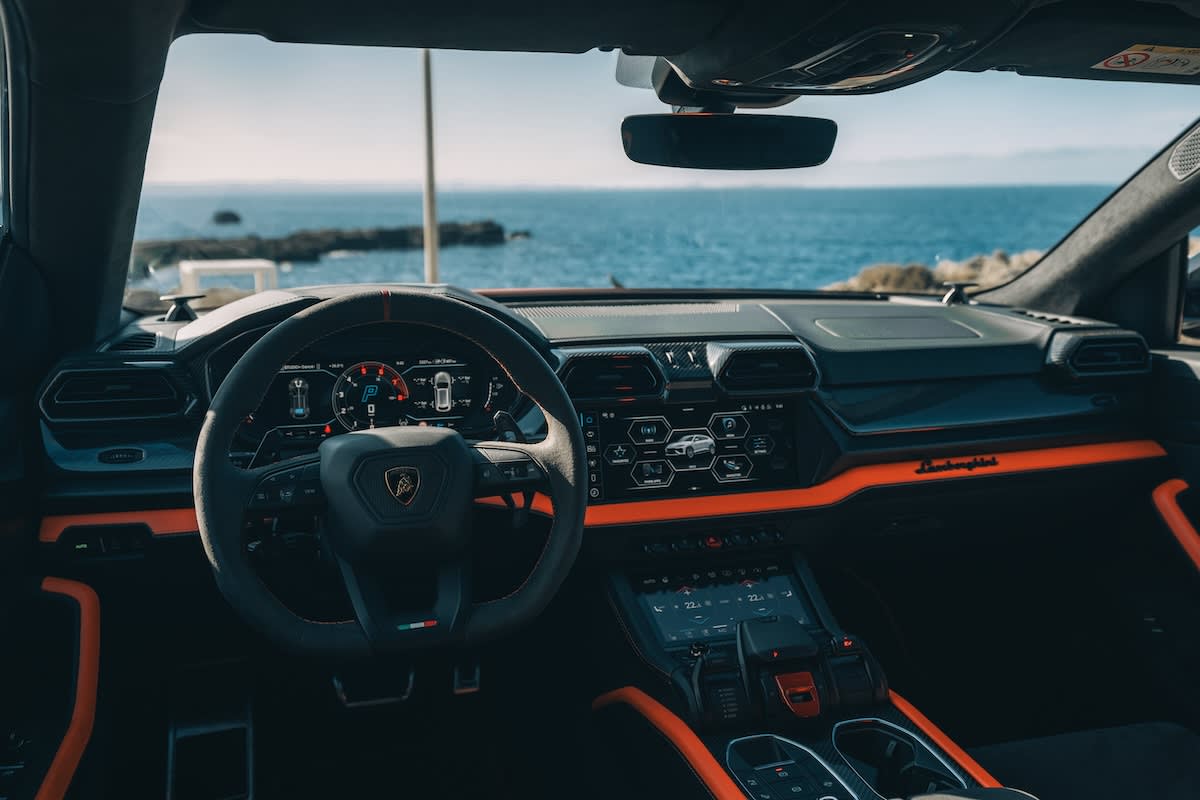
“This plan gave momentum to a profound and constant research of opportunities and challenges involved in the transition to electrification,” Cossalter says. “The plan started in 2023 with the launch of the Revuelto [sold out into 2026], our first HPEV (high performance electrified vehicle), and continues with the launch of the hybrid version of our Super SUV Urus SE.”
Cossalter lays out that the slow and steady march to electrification will continue next year with the release of the Temerario, described by Lamborghini as the successor to the popular Huracan and “the first super sports car in the history of the … brand to be equipped with a V-8 twin-turbo engine paired with three electric motors.” Then, the automaker will look to the horizon for its introduction of the Lanzador, the company’s first BEV (battery electric vehicle) in 2028.
The hybrid version offers improved performance over the 100% gas Urus. A magnet synchronous electric motor located inside the SE’s eight-speed automatic transmission tied into the four-wheel-drive system can boost the V-8 engine, offering additional acceleration. Meanwhile, that motor can provide enough power to transform the Urus SE into a totally electric vehicle with a range of about 35 miles in EV mode.
With the new drive system noted, Lamborghini’s engineers could turn to performance specs. They built in a new, centrally located longitudinal electric torque vectoring system with an electro-hydraulic multi-plate clutch. That’s a lot of fancy tech talk to say the vehicle can throw power and grip back and forth between the front and rear axles wherever the onboard system senses it’s needed. A new electronic limited-slip differential on the rear axle helps give the Urus SE oversteering when needed. The end result is an SUV that packs the feel of a Huracan on the road.
That supercar feel in an SUV is the experience Lamborghini refuses to abandon in the Urus SE, Cossalter says.
“We didn’t come to compromises in the hybridisation process,” he says. “We wanted the Urus SE to preserve the DNA of the original project and enhance the experience for the driver. For those reasons, we decided not to downsize. We kept a V-8 engine with its strong character and voice, and then added some spice to the dynamic behavior by changing the all-wheel-drive architecture. The result is we have more power, more torque, more speed, more fun.”
As for external styling on the Urus, Lamborghini takes after its competition at Aston Martin or Ferrari by trying to make an SUV that looks as little like an SUV as possible. The profile is lowered, and the lines sweeping and tapering from nose to tail, as though Lambo’s in-house designers want to hide the size and functionality of an SUV inside the shape of the familiar Lamborghini supercars of the past.
However, driving the Urus does not feel much like a traditional Lamborghini supercar simply because the driving position is higher and more upright compared to, say, an Avantador that puts the driver’s backside close to pavement. Regardless of where one sits, the acceleration, noise, and tight handling lives in a Urus as happily as it does in any other Lambo.
As its first volume consumer step into the hybrid world, the Urus SE tells Italian supercar enthusiasts to keep the faith.
“The Urus SE points to the future with electrification while keeping its heritage intact,” Cossalter says.
 Copyright 2020, Dow Jones & Company, Inc. All Rights Reserved Worldwide. LEARN MORE
Copyright 2020, Dow Jones & Company, Inc. All Rights Reserved Worldwide. LEARN MORE
A divide has opened in the tech job market between those with artificial-intelligence skills and everyone else.
A 30-metre masterpiece unveiled in Monaco brings Lamborghini’s supercar drama to the high seas, powered by 7,600 horsepower and unmistakable Italian design.
A 30-metre masterpiece unveiled in Monaco brings Lamborghini’s supercar drama to the high seas, powered by 7,600 horsepower and unmistakable Italian design.
When Lamborghini takes to the water, subtlety isn’t on the agenda. Unveiled at the Monaco Yacht Show, the Tecnomar for Lamborghini 101FT is a 30-metre superyacht that fuses Italian automotive theatre with cutting-edge naval engineering.
The model builds on the collaboration that began in 2020 with the Tecnomar for Lamborghini 63, a sell-out success that celebrated the marque’s founding year.
This new flagship pushes the partnership between Automobili Lamborghini and The Italian Sea Group to a grander scale, designed to deliver the same adrenaline rush at sea that drivers expect behind the wheel.
“The Tecnomar for Lamborghini 101FT redefines the concept of nautical luxury,” said Stephan Winkelmann, Chairman and CEO of Automobili Lamborghini.
“It is not only a yacht, but an affirmation of Italian excellence. The Italian Sea Group and Automobili Lamborghini share an exclusive clientele who are passionate about beauty, technology, and extreme performance.”
Design cues are unmistakably Lamborghini. The yacht’s sharp exterior lines echo the Fenomeno supercar revealed at Monterey Car Week, complete with Giallo Crius launch livery and signature Y-shaped lighting.
Inside, the cockpit and lounges mirror the DNA of Sant’Agata supercars through hexagonal motifs, sculptural seating and dramatic contrasts. With accommodation for up to nine guests and three crew cabins, indulgence meets practicality on every deck.
Performance is equally uncompromising. Three MTU 16V 2000 M96L engines and triple surface propellers generate a combined 7,600 horsepower, driving the yacht to 45 knots at full throttle, with a cruising speed of 35 knots. Two 35 kW generators provide additional efficiency and reliability, ensuring the yacht’s power matches its presence.
Mitja Borkert, Lamborghini’s Design Director, said: “With the Tecnomar for Lamborghini 101FT, we aimed to create a product that embodies the main design characteristics of our super sports cars. All the details, from the exterior to the colour, to the interior areas, recall and are inspired by Lamborghini’s DNA.”
Presented in scale at Monaco, the definitive Tecnomar for Lamborghini 101FT is scheduled to hit the water at the end of 2027. For those who demand their indulgence measured not only in metres but in knots, this is Lamborghini’s most extravagant expression yet.
By improving sluggish performance or replacing a broken screen, you can make your old iPhone feel new agai
With two waterfronts, bushland surrounds and a $35 million price tag, this Belongil Beach retreat could become Byron’s most expensive home ever.









